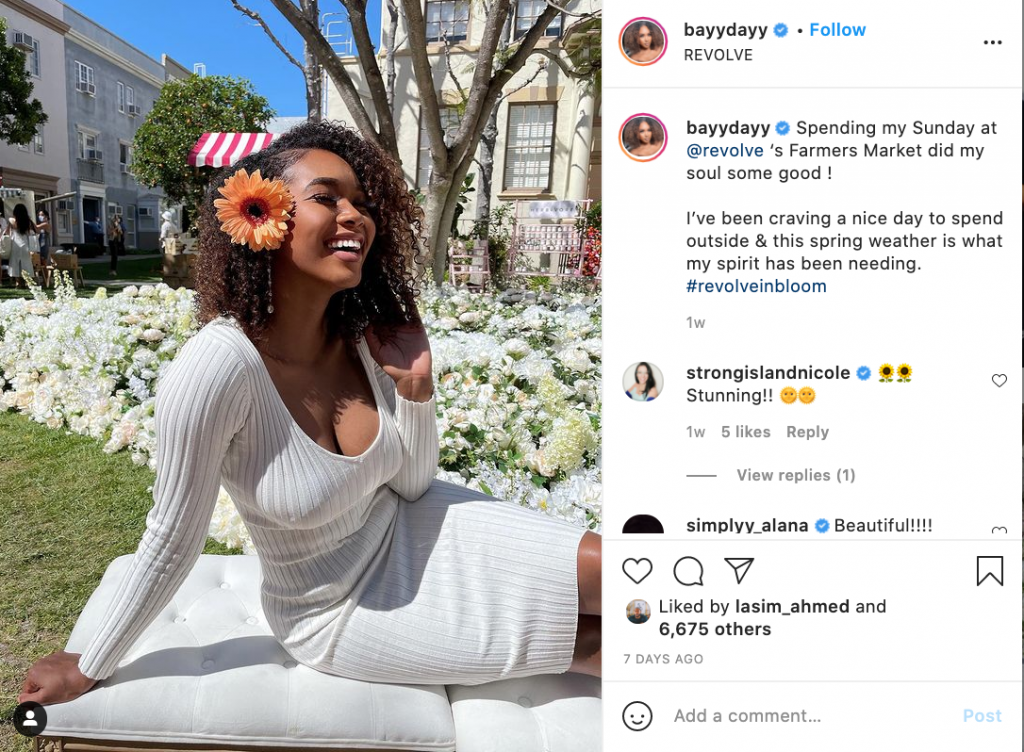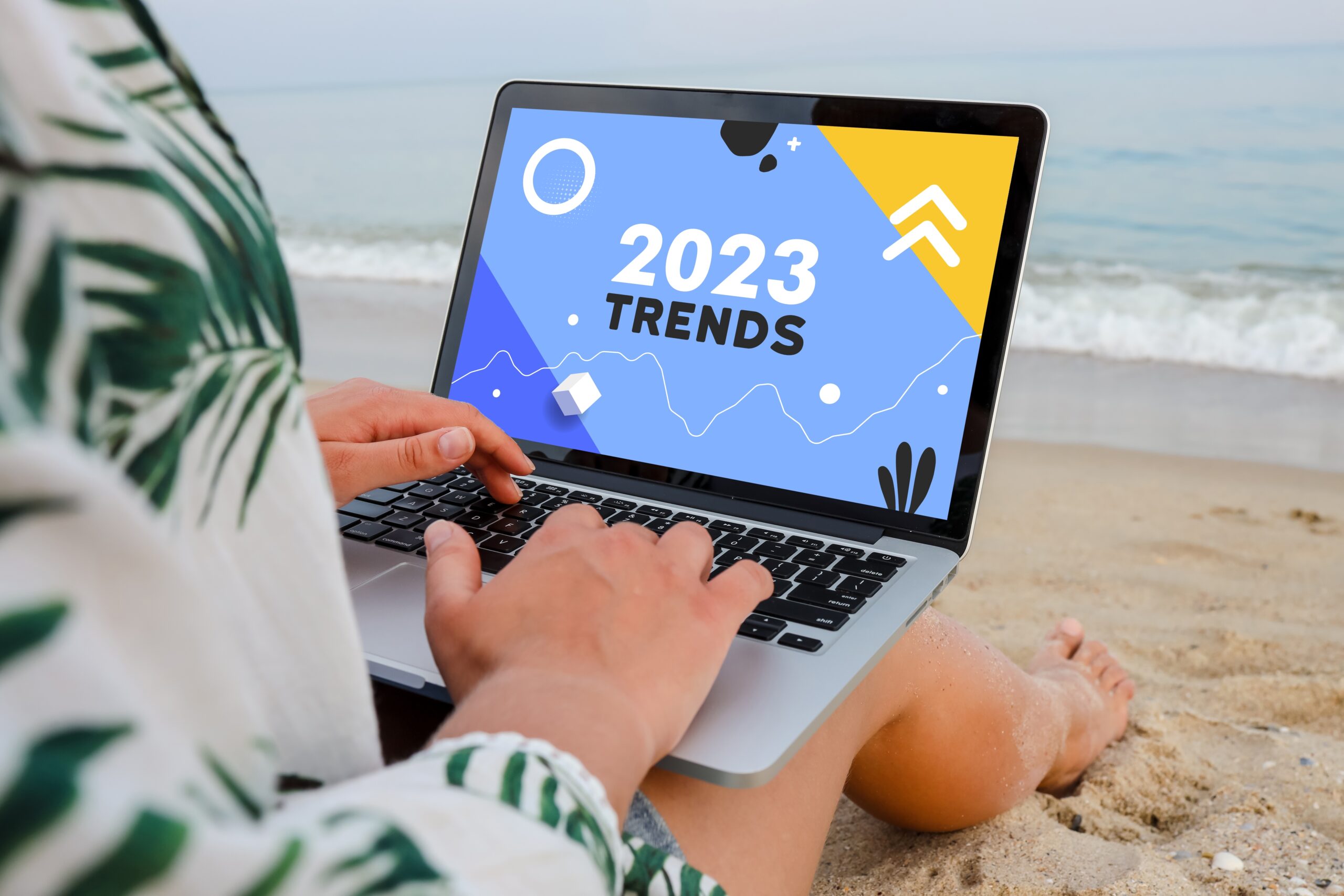In today’s constantly changing world, businesses must always find ways to adapt to innovations and take advantage of opportunities to reach customers quickly and efficiently.
That means it’s more important for brands to be transparent and think about their messaging and research or tweak their strategy in the coming year. It also means that marketers need to know the trends coming down the line so they can plan and take advantage of any new developments.
To help you kick 2023 off with a bang, we’ve identified the most notable digital marketing trends in 2023 you should prepare your business for:
1. Brand communication has ideals and spreads good values
When consumers were polled about the messages they would like to receive from their favorite brands, the results showed: 47% said they would prefer motivational messages, which is slightly lower than the 57% that said they want content that is entertaining.
In addition, 36% of customers also expect brands to take meaningful action in addressing social issues such as inequality and poverty. At the same time, 24% of consumers prefer brands that have nothing to do with politics.
So the question here is, what should marketers and brands do with such a split? To win the hearts of consumers, in 2023, when implementing activities, brands should know how to balance between addressing the most important problems in the world and infusing humor into their marketing and social content.
Check out “The Beginner’s Guide to Content Marketing in 2023”
“In an uncertain world where consumers are increasingly concerned with the value aspect, while also mercilessly punishing mistakes made by brands, brands that have clear purposes and objectives can win the race” – Tom Knox, president of IPA once shared.
Also according to recent Deloitte labor market surveys, Gen Z and Millennials share that they don’t want to stick with brands that don’t have a lofty purpose or aren’t inspiring.
In 2023, marketers need to focus on building a strong, impressive and engaging brand image. It takes a lot more time and resources to create a reliable and distinct brand image.
2. Personalized brand interactions
For brand marketing, it is no longer appropriate to send generic mass messages to millions of customers. Personalized marketing is the new way to win a place in the hearts of consumers.
Therefore, methods such as Conversational Marketing, AI application, and machine learning into the omnichannel customer interaction process are something businesses should not miss.
One user was “scouring” Amazon for Olive green running shoes but left the search halfway. Shortly after, Amazon sent this email:

To create this powerful recommendation, Amazon has access to data points such as customer’s full name, search queries, average time spent searching, past purchase history, catalog browsing habits, past purchase time, average spending amounts, etc and thereby create a recommendation email system that goes beyond personalization.
Compared to other e-commerce brands, conversions from Amazon’s onsite recommendations are 60% higher.
In 2023, there’s going to be a shift in mindset from technical-based marketing to anticipation marketing. This will enable marketers to anticipate what customers want and then feed it into automation processes.
This new mindset will now only make things more efficient but will enable personalization, which is highly favored by Gen Z and Millennial consumers. This applies to platforms like Google Ads and also seems to be where Facebook and other social channels are heading.
3. Mobile Optimization
Since the pandemic, most companies have been looking for ways to optimize their apps for mobile devices. It is worth noting that more than half of online website traffic comes from mobile devices. Also, Millennials and Gen Z purchasing power is growing, so mobile-optimized experiences are skyrocketing in popularity and are likely to grow even more in the future.
According to Hubspot, 84% of companies that have now invested in mobile web design plan to do the same, if not more, by 2023. At the same time, 64% of SEO professionals consider mobile optimization a worthwhile investment.
There is no doubt that mobile will be irreplaceable and will continue to grow beyond 2023. Businesses that master and make good use of this strategy will see great results in the long run.
4. Influencer marketing will continue to thrive

Gone are the days where influencers promoted products by simply snapping a picture of them to endorse it. Influencer marketing, which has been at the forefront of social media marketing has become interestingly intricate and engaging. With the surge of Gen Z social media users, authenticity and personal identity become the new way to sell on social media.
Influencers seamlessly incorporate products that they endorse into their paid and unpaid content and let it do the talking. There’s no need for explicit advertising content when followers are genuinely interested in their lifestyle and products that they use. That’s why they followed them in the first place right? That’s the magic of social media. 100,000 followers mean 100,000 potential customers.
In fact, 61% of consumers trust influencers’ recommendations–more than the 38% who trust branded (and often biased) social media content. Each influencer already has built a niche community of their own. In fact, smaller influencers have higher engagement and are in large supply. So, it is no surprise that brands and markets prefer to work with micro influencers than traditional celebrities for their promotional campaigns. Collaborating with the ones that align with your brand value and mission will bring you closer to your target audience.
According to Hubspot, 34% of global marketing professionals say that by 2023, they will invest more money in Influencer Marketing and make it their top priority strategy. This means spending more on marketing through short videos and mobile web design. Additionally, 57% of marketers using influencer marketing say it’s a good strategy, while 11% say it yields maximum return on investment, and 46% plan to increase their investment by 2023.
5. Third-Party Cookies are Going Away
Google announced that they will end support for third-party cookies for all users of the popular chrome browser. For this reason, marketers are also expecting significant changes to future digital marketing campaigns. It is estimated that 70% of all browser users rely on chrome, meaning there will be a big shift towards businesses using cookies as a marketing and branding strategy.
This is expected to make a significant difference but is not the only concern. Most brands use cookies to find the needs of their target customers and track their web usage. Brands and marketers have found this user approach essential and beneficial in shaping how they reach their audience and plan their marketing.
Therefore, Google’s failure to support third-party cookies will make a big change in the way businesses approach, collect and use data from users.
6. Video, video, and more short video
One constant concern consumers have is that they don’t want to spend more time on advertising. Therefore, marketers will need to keep the brand’s promotional video concise and memorable. A HubSpot survey found that short-form content is the second most effective marketing trend that brands are currently using.
These types of videos have skyrocketed over the last few years thanks to platforms like TikTok and Snapchat. Reels are indeed more than just a fad. They are here to stay, as evident in the features and tools that these platforms continue to update, leading to more content creation. Yet amid the rising hype around short-form content, a lot of brands have yet capitalized on this promising feature. This could present a significant opportunity for brands to get more attention by creating a diversity of content, including reels to reach and engage with more audience.
According to the survey, over 31% of brands and marketers invest in short content, with 46% seeing it as an effective strategy to engage and work. Additionally, 89% of global marketers plan to increase their investment in this tactic or continue to invest in it. This shows the outstanding development potential of this form.
7. Artificial Intelligence and the launch of GPT-4

You may not have heard of GPT-4 (Generative Pre-trained Transformer 4) but it’s a cutting-edge tool that can help marketers automate many tasks.
GPT-3 (Generative Pretraining Transformer 3) is the most advanced AI-powered language processing model developed by OpenAI. It is capable of generating human-like text and has many applications, including language translation, language modeling, and text generation for applications such as chatbots. This is one of the largest and most powerful language processing models to date, with 175 billion parameters.
Specifically, its power lies in its speed and understanding of complex issues. While we can spend hours researching, learning and writing a paper on quantum mechanics, ChatGPT can create a well-written alternative in seconds. Though novel, ChatGPT has the potential to support brands and marketers to create content more effectively with less time and cost.
According to Clark Boyd, a Digital Strategy Consultant it could open up new opportunities for marketers. “We’re going to start seeing specific business applications (with GPT-4). There’s a lot of funding going into startups at the minute that is trying to build, for example, social media content generation tools. So, you could just put in a bit of information about your brand, and these tools would come up with 50 ideas for your content, and you just drag and drop the ones you’re most interested in.”
Future proof your business
Complex and unpredictable consumer behaviors are the main reason for changes in marketing trends. To capture the market in 2023, marketers should maintain a constant conversation and interaction with consumers. In particular, the best way for brands to maintain a direct and positive conversation is to listen to consumers and be responsive to changing times.
It is important to note that businesses don’t have to invest in all of the above strategies, but they at least need to choose the most optimal combination of these trends to apply to their business. It is best to work with a marketing specialist to seamlessly develop or integrate these marketing trends into your existing marketing strategy.
If you find this article helpful, make sure to check out “Social Media Trends in 2023” and other insights.




